After reading, researching, and asking questions about flip-flops. My understanding is as follows:
- They are not the only means of storing state but are one of them.
- The circuit has been constructed in a way that allows it to trap a state, which stays indefinitely while there is current in the circuit until triggered by an external input.
 In the diagram above, where both S and R are 0, it says to be an invalid or forbidden state. Initially, I assumed it would result in the output that it is unable to change.
In the diagram above, where both S and R are 0, it says to be an invalid or forbidden state. Initially, I assumed it would result in the output that it is unable to change.
Then l constructed a circuit and observed this was not the case, when both outputs (Q and notQ) were the same, I was still able to change the output.
Then I wondered why the emphasis is always on the outputs being the inverse of each other, and why the forbidden/invalid state is discouraged.
I have read a similar question and the answers provided, to me, the answers were still not clear, or did I feel like my question was answered.
I explained that when the outputs are the same with an input trigger the output can still change to a desired output.